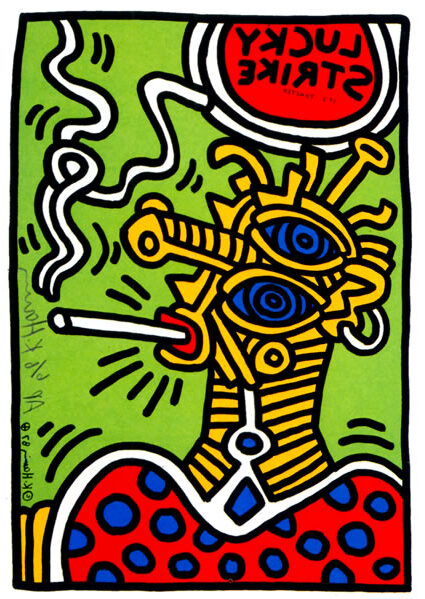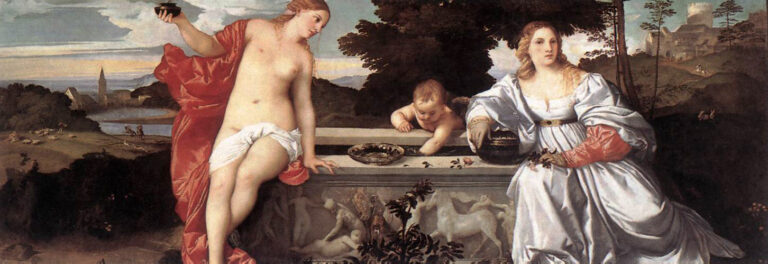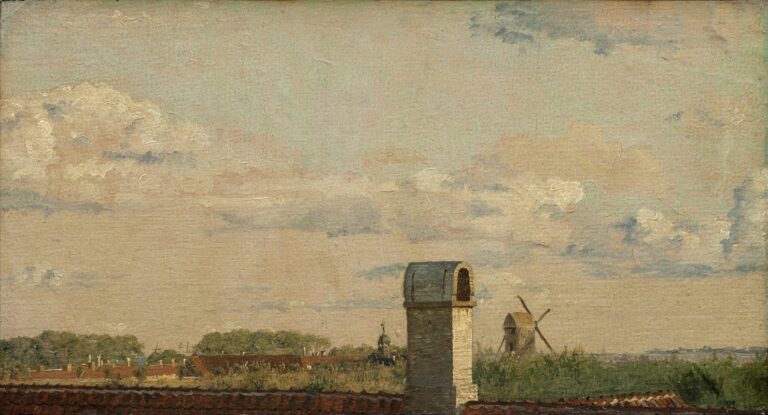Charles Cottet Painter: French Post-Impressionist Master of Breton Landscapes
Born: July 12, 1863, in Le Puy-en-Velay, France
Death: 25 September 1925, Paris, France
Art Movement: Post-Impressionist and Symbolist
Nationality: French
Influenced by: Lucien Simon and Auguste Rodin.
Institutions: Prestigious École des Beaux-Arts and Académie Julian
Charles Cottet Painter: French Post-Impressionist Master of Breton Landscapes
Biography of Charles Cottet
Charles Cottet, a French Painter was known for his dark and evocative seascapes and rural Brittany paintings. He became a leading figure in , the post-impressionist movement. He also led a group called Bande Noire.
Early Life and Education
Charles Cottet, born July 12, 1863 in Le Puy-en-Velay (France), is a French artist. He moved to Paris in order to further his artistic education.
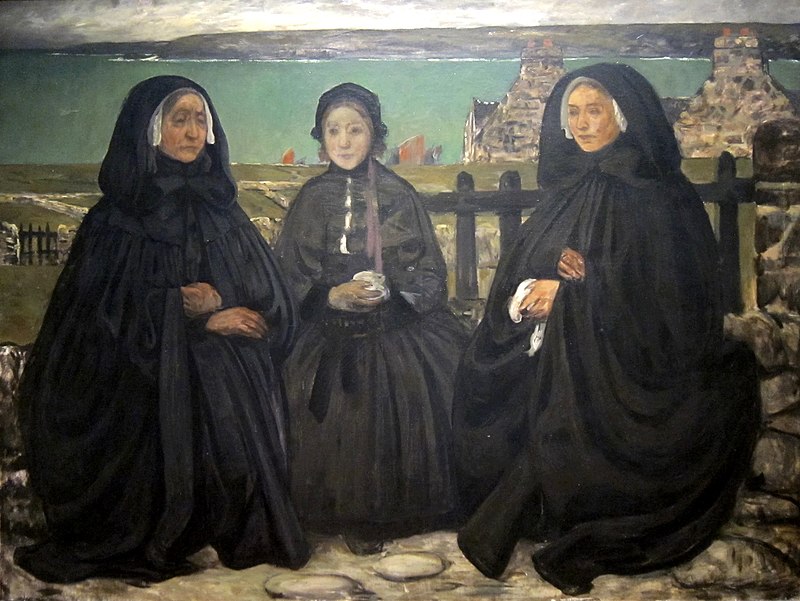
Mourning women, Brittany
Cottet studied art at the prestigious Ecole des Beaux-Arts, and the Academie Julian. Puvis de Chavannes, a notable artist, guided him. Cottet, unlike many of his peers preferred to work from nature instead of in formal studio settings.
Critical Milestones in Career
Cottet’s unique style, which combines post-impressionist techniques and somber tones, has gained him recognition. His works of Brittany countryside and coastal scenes became his signature.
He led the Bande Noire, or ‘Nubians’ group, named for their dark color palette. They were distinguished from impressionists who used brighter colors.
Important Milestones for Career
Cottet’s works were exhibited at major Parisian salons. His ability to capture coastal moods was praised by critics.
Associations and Artistic Influence
Cottet was associated to several influential artistic movements in his day. He was connected to the Symbolists, the Nabis, and the Pont-Aven School.
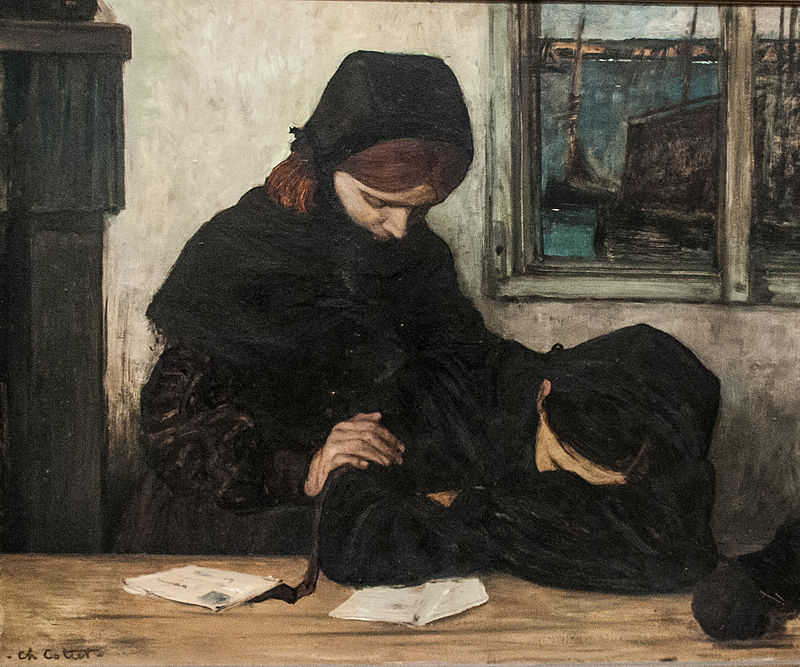
Deuil, Museum of Fine Arts, Ghent
He developed close friendships, especially with Lucien Simon and Auguste Rodin. These relationships probably influenced his development as an artist.
Cottet’s dark and emotive style inspired other painters in his time. Cottet’s leadership of the Bande Noire helped to establish a distinctive artistic approach that contrasted prevailing trends.
He continued to exhibit and paint until his death in Paris on September 20, 1925.
Artistic Style and Notable Works
Charles Cottet was best-known for his dark, moody paintings of rural Brittany and seascapes, leading a group of painters called “La Bande Noire”, who used an subdued color palette.
Evolution of Artistic Style
Cottet began by working in a realist style but ultimately gravitated toward symbolism. His use of dark colors to create an ominous atmosphere in his works made him stand out among post-impressionists with brighter palettes.
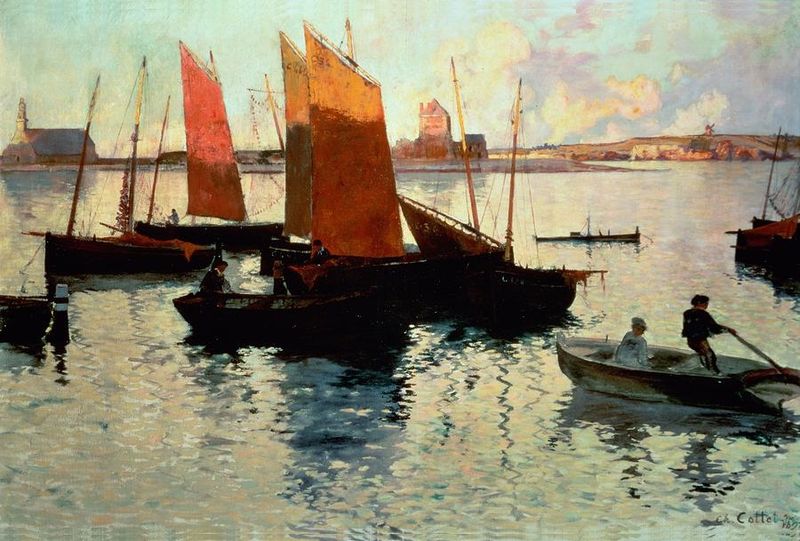
Rayons du soir, port de Camaret
Cottet was inspired by Les Nabis, an avant-garde art group. However, he created his own distinctive style which captured the hard lives of Breton fishing communities while portraying sea as an unpredictable power.
Major Works and Exhibitions
Some of Cottet’s notable paintings include:
- “Rayons du soir” (1892)
- “Femmes de Plougastel au Pardon de Sainte-Anne-La-Palud” (1903)
- “Au pays de la mer. Douleur” (1908-09)
His work “Au pays de la mer. Douleur” can be found at the Musee d’Orsay; it features mourning women dressed all in black to emphasize the hazards faced by fishermen.
Cottet participated in major Paris salons, exhibiting his works. Additionally, many museums throughout France hold collections of his works; one such museum being Quimper’s Musee des Beaux-Arts which currently hosts one.
Cultural Impact and Legacy
Charles Cottet’s depictions of Brittany left an indelible mark on French art. His dark seascapes and life scenes captured its spirit perfectly.
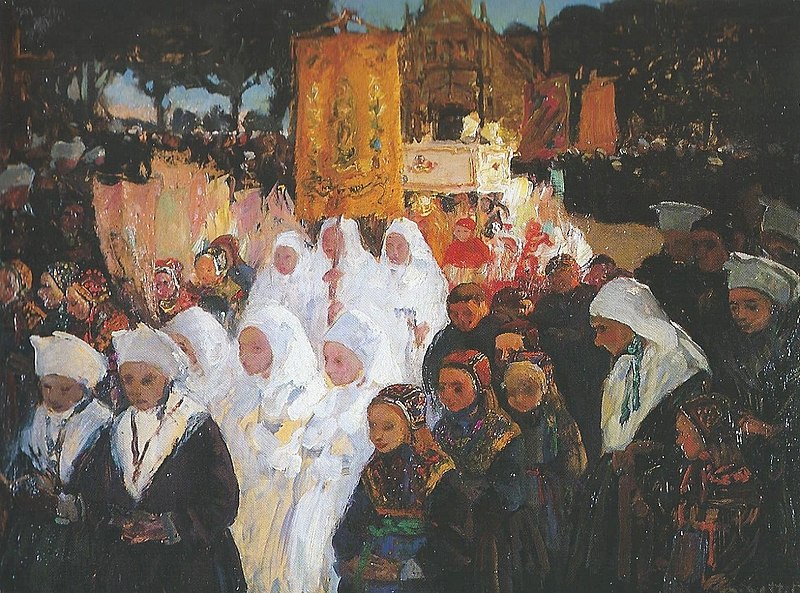
Jour de Fête-Dieu à Plougastel
Cottet’s work revolutionized how people perceived Brittany and its culture. His paintings of harbors, fishermen, and rural scenes became iconic images of this region.
Cottet’s art can now be found in many major museums worldwide, including Paris’ Musee d’Orsay where his famed piece, “Au pays de la mer,” can be seen; also Tokyo’s National Museum of Western Art features some of his pieces.
Cottet distinguished himself from other artists of his time with his haunting palette of dark blues, greens and browns to evoke feelings of melancholy in his paintings.
His paintings of Breton subjects helped document Breton society. These include fishing villages, religious festivals and local customs he depicted.
Cottet left his mark through his influence on later artists. His moody style and fascination for regional subjects inspired other painters to explore similar subjects in their art.
Frequently Asked Questions
Charles Cottet was a French painter best known for his dark, atmospheric depictions of rural Brittany and seascapes. As part of various art movements and during his long career he created many notable paintings.
What are the signature themes and styles found in Charles Cottet’s artwork?
Cottet’s work often featured somber scenes of Breton life and coastal landscapes, rendered using dark hues with moody undertones to produce atmospheric paintings that blended realism with an emotive, expressive approach. His style combined aspects of both.
Which art movements is Charles Cottet associated with?
Cottet had connections with multiple art movements: Post-Impressionists, Symbolists and Pont-Aven School among them. Additionally, Cottet led a group known as Bande noire that featured dark painting style.
What are some of Charles Cottet’s most famous paintings?
Cottet’s most well-known works include “Au pays de la mer” and “Douleur” (also referred to as “Les victimes de la mer”). One other outstanding painting by him from 1903 is entitled “Femmes de Plougastel au Pardon de Sainte-Anne-La-Palud”.
How did the life experiences of Charles Cottet influence his work?
Cottet’s frequent visits to Brittany had an immense influence on his art; its coastal landscapes and inhabitants became central themes in his paintings. Meanwhile, Paris introduced him to various artistic styles and movements.
Can you highlight the impact of Charles Cottet on modern art?
Cottet’s dark, emotive style stood out among the vibrant palettes of many Impressionist and Post-Impressionist painters, helping pave the way for more expressive forms in modern art. As leader of Bande noire group he led at this time he also had great influence over other artists of that time period.
What museums or galleries feature Charles Cottet’s work in their collections?
The Musee d’Orsay in Paris holds several of Cottet’s paintings in its collection, such as his masterpiece “Douleur” (also referred to as “Les victimes de la mer”). Other museums may also possess these masterpieces; however, search results do not offer specific information regarding his works.



